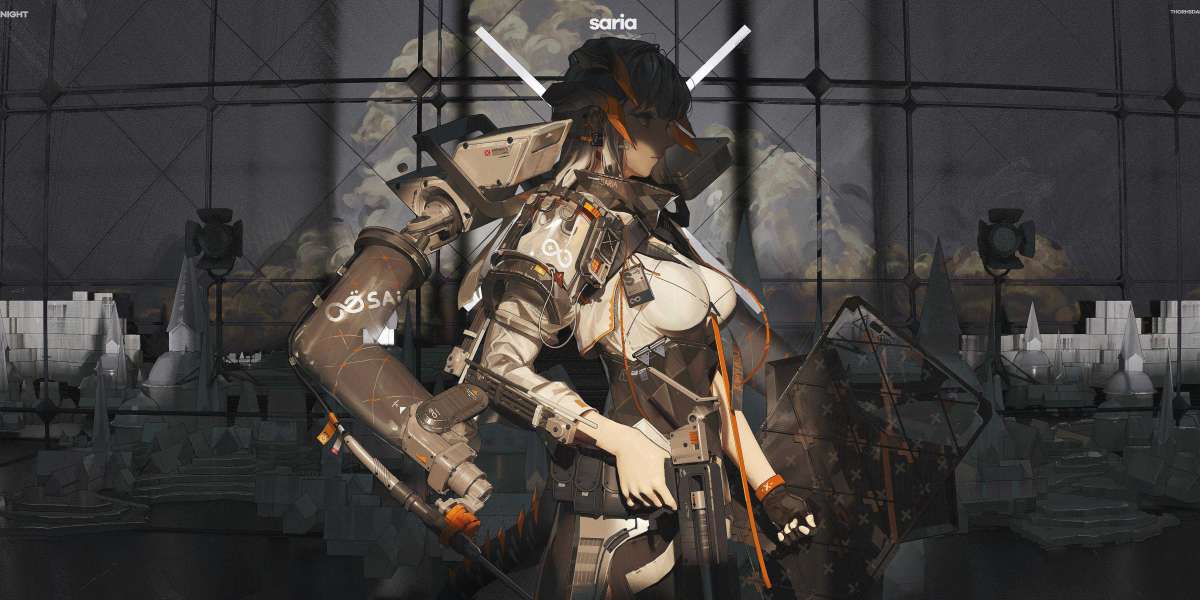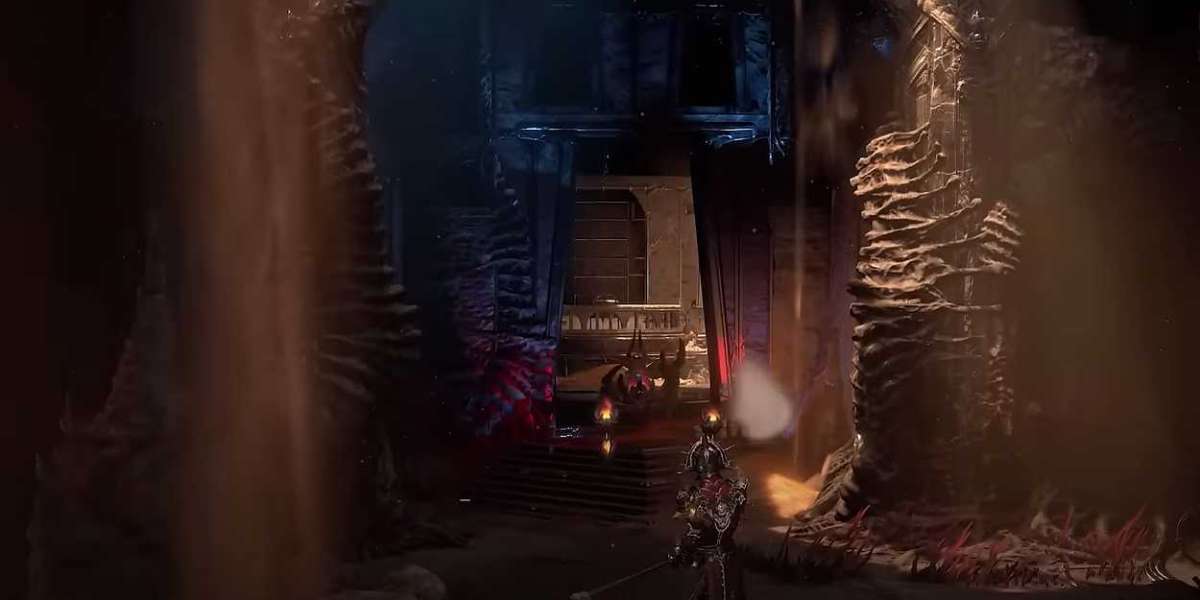When it comes to precision machining, CNC (Computer Numerical Control) machines have revolutionized the manufacturing industry. These machines are capable of producing intricate and complex parts with high accuracy and repeatability. In this guide, we will delve into the world of CNC machines, focusing specifically on Axis CNC technology.
The Basics of Axis CNC Technology
Axis CNC technology refers to the number of axes that a CNC machine can operate on. The more axes a machine has, the more complex and intricate the parts it can produce. Common types of CNC machines include 3-axis, 4-axis, and 5-axis machines, each offering different capabilities and applications.
For example, a 3-axis CNC machine can move in three directions - X, Y, and Z, making it suitable for producing relatively simple parts. On the other hand, a 5-axis CNC machine can move in five directions, allowing for the production of highly complex and detailed parts with minimal setup and fixturing.
Applications of Axis CNC Technology
The versatility of Axis CNC technology makes it suitable for a wide range of applications across various industries. From aerospace and automotive to medical and electronics, CNC machines play a crucial role in the manufacturing of components and parts.
For instance, in the aerospace industry, 5-axis CNC machines are used to produce intricate and lightweight components for aircraft and spacecraft. The ability to machine complex geometries in a single setup makes 5-axis CNC technology indispensable in this field.
Advancements in Axis CNC Technology
As technology continues to advance, so does Axis CNC technology. Manufacturers are constantly pushing the boundaries of what is possible with CNC machines, leading to the development of innovative features and capabilities.
One such advancement is the integration of additive manufacturing with CNC machining, allowing for the production of hybrid parts with both subtractive and additive processes. This hybrid approach opens up new possibilities for creating parts that were previously difficult or impossible to manufacture using traditional methods.
The Future of Axis CNC Technology
Looking ahead, the future of Axis CNC technology is filled with exciting possibilities. With the ongoing development of automation, artificial intelligence, and machine learning, CNC machines are becoming smarter and more efficient than ever before.
Furthermore, the integration of IoT (Internet of Things) technology into CNC machines enables real-time monitoring and optimization of manufacturing processes, leading to improved productivity and quality control.
In conclusion, Axis CNC technology continues to play a pivotal role in the manufacturing industry, driving innovation and pushing the boundaries of what is possible. As technology continues to evolve, we can expect to see even more remarkable advancements in the world of CNC machines.








